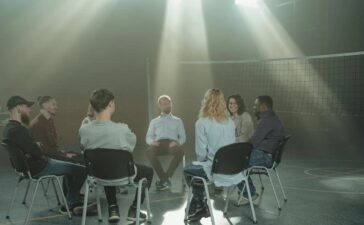Puzzles are one of the traditional games and toys for younger children. They are available in many different styles, made from many different materials, and have varying degrees of challenge. Even babies might enjoy playing with straightforward puzzles that consist of putting together two separate parts. It is possible to purchase puzzles of varying degrees of difficulty so that youngsters can continue to be challenged even as they get older. There are a lot of things in life that are like puzzles, and we do those things every day.
When caretakers use the time spent with hand puzzles strategically, not only can it be used to grow cognition and fine motor abilities, but it can also be used to improve social, emotional, and linguistic skills. Puzzle play is a fantastic opportunity to cultivate these skills. The following are some of the things that kids pick up by playing with puzzles:

When teaching youngsters how to put together parts of a puzzle, it is helpful to use terms like “turn,” “flip and “rotate” to describe the movement of the pieces. When children explain the arrangement of the puzzle pieces in relationship to one another, they pick up more vocabulary terms such as “above,” “below,” and “besides.”
Putting Things in the Right Order- In certain puzzles, the order in which the components are assembled is crucial to solving the puzzle. Ordinal numerals and words that represent the relative position in a series are introduced to children and then learned by them. For children to further strengthen their comprehension of sequencing, they might be encouraged to recount the order in which they placed the pieces together once they have completed the activity.
Children can think through an issue and arrive at a solution when they practice problem-solving skills by putting puzzle pieces together. They will need to learn to lay aside the piece of the puzzle that they expect to utilize in the puzzle game while they look for another piece that will fit in the space that they require. As students continue to work through a challenge, they may discover, for example, that there are several different solutions to each problem. When kids collaborate with their peers to solve puzzles, they not only discuss the tactics they use with one another but also work together to overcome any challenges they encounter.
Seeing a task through to its conclusion and maintaining one’s composure are two important aspects of piecing together a puzzle. When they are unable to readily solve a puzzle, children experience frustration, and after they can work past these feelings, they can appreciate the accomplishment of completing the assignment. Perseverance, or the capacity to continue pushing in the face of adversity, is a skill that may be developed in children by helping them work through these feelings.

Children hone their abilities in fine motor control and hand-eye coordination as they assemble puzzles by manipulating the individual components of the problem and placing them in the correct positions. They hone the fine motor skills in their hands that enable them to precisely grip and manipulate the various components of the puzzle.




